Time Period: World War II through the Faubus Era (1941 - 1967)
Heiskell, John Netherland
aka: J. N. Heiskell
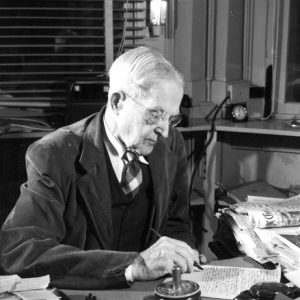 J. N. Heiskell
J. N. Heiskell
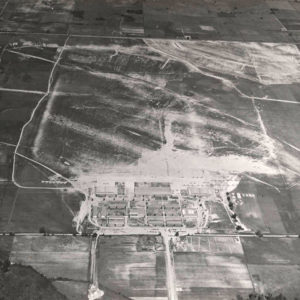 Helena Aero Tech
Helena Aero Tech
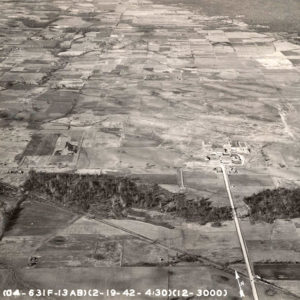 Helena Aero Tech
Helena Aero Tech
 Helena Aero Tech Buildings
Helena Aero Tech Buildings
 Helicopter Crew
Helicopter Crew
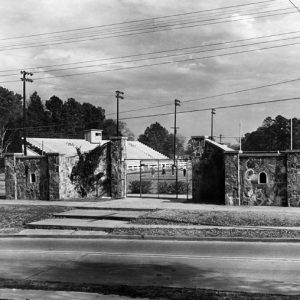 Henderson State University Haygood Field
Henderson State University Haygood Field
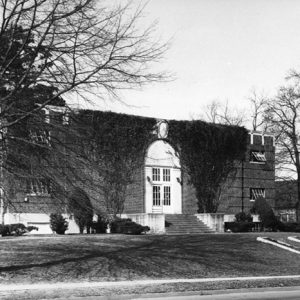 Haygood Gym
Haygood Gym
 James R. Hendrix
James R. Hendrix
Hendrix, James Richard
 Natalie Henry
Natalie Henry
Henry, Natalie Smith
 Lee Henslee
Lee Henslee
Henslee, Lee
Hensley, Violet Brumley
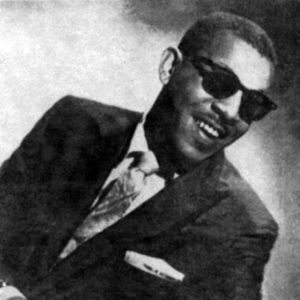 Al Hibbler
Al Hibbler
Hibbler, Al
aka: Albert George Edward Hibbler
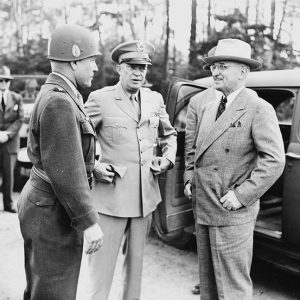 D. O. Hickey
D. O. Hickey
Hickey, Doyle Overton
High, Fred
aka: Fredrick Green High
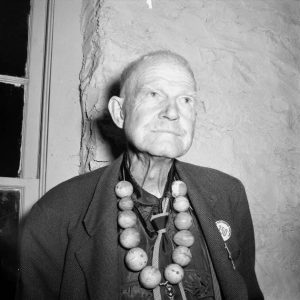 Fred High
Fred High
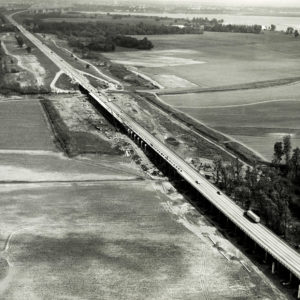 Highway 70 Bridge
Highway 70 Bridge
Hilderbrand, Joe
 Hill Wheatley Downtowner Motor Lodge
Hill Wheatley Downtowner Motor Lodge
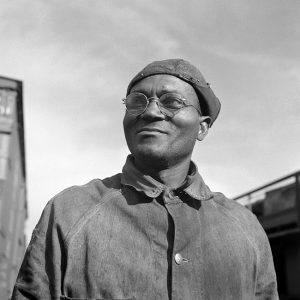 Robert L. Hill
Robert L. Hill
 Hillbilly Image
Hillbilly Image
Hillcrest Hall
aka: Bible Church of Little Rock
Hindman Hall Museum
Hinton, Thomas Melvin
Hodges, Jerry T.
 Jerry Hodges
Jerry Hodges
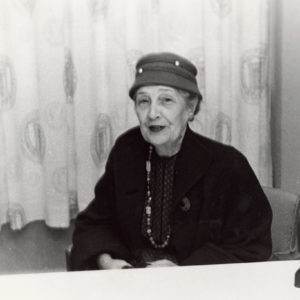 Pauline Hoeltzel
Pauline Hoeltzel
Hogan, Dixon Howard (Dick)
Hogan, Richard Nathaniel
 Jobelle Holcombe
Jobelle Holcombe
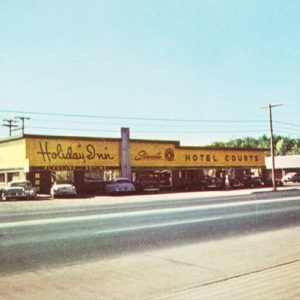 Holiday Inn
Holiday Inn
Hollensworth, Carroll Charles
 W. J. Holloway
W. J. Holloway
Holt, J. Seaborn
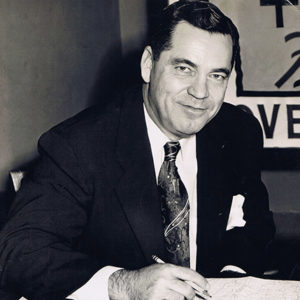 Jack Wilson Holt Sr.
Jack Wilson Holt Sr.
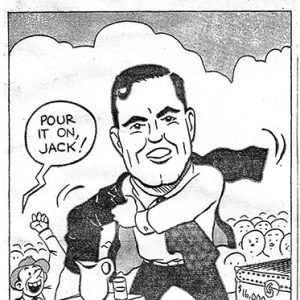 Jack Wilson Holt Sr. Cartoon
Jack Wilson Holt Sr. Cartoon
Holt, Jack Wilson, Sr.
Holt, Joseph Frank
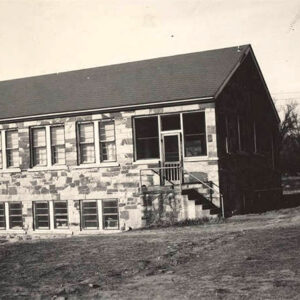 Home Economics Cottage
Home Economics Cottage
 Hoo Hoo Theater
Hoo Hoo Theater
Hoover, Dorothy M.
aka: Dorothy Estheryne McFadden Clarke Hoover
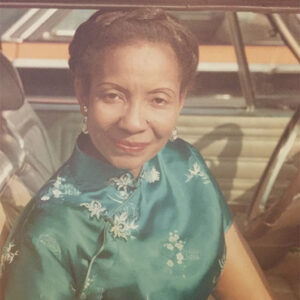 Dorothy M. Hoover
Dorothy M. Hoover
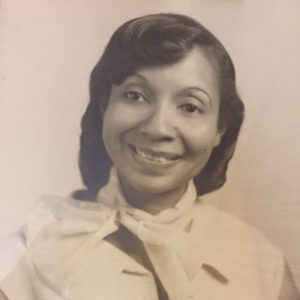 Dorothy M. Hoover
Dorothy M. Hoover




